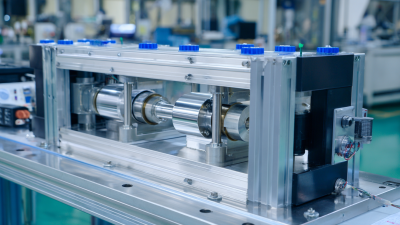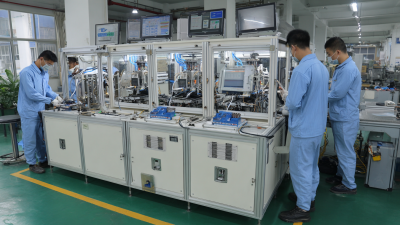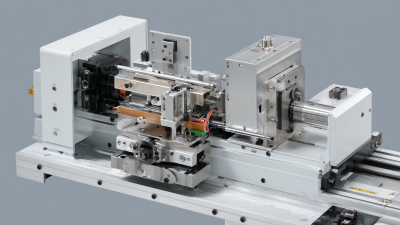Leave Your Message
In the rapidly evolving landscape of manufacturing technology, the Ultrasonic Welder Handheld has emerged as a pivotal tool for achieving high-quality joins in various applications. According to a report by the Research and Markets, the ultrasonic welding market is projected to reach $8.09 billion by 2024, reflecting a significant growth driven by the demand for precision and efficiency in production processes. Handheld ultrasonic welders offer remarkable versatility, enabling operators to perform intricate welds with ease while maintaining consistent quality. Furthermore, the ability to integrate this technology into diverse materials—including plastics, metals, and composites—ensures that manufacturers can meet the increasing expectations for durability and performance. As industries continue to lean towards automation and lean manufacturing practices, understanding how to effectively utilize a handheld ultrasonic welder becomes essential for optimizing results and maintaining a competitive edge in the marketplace.
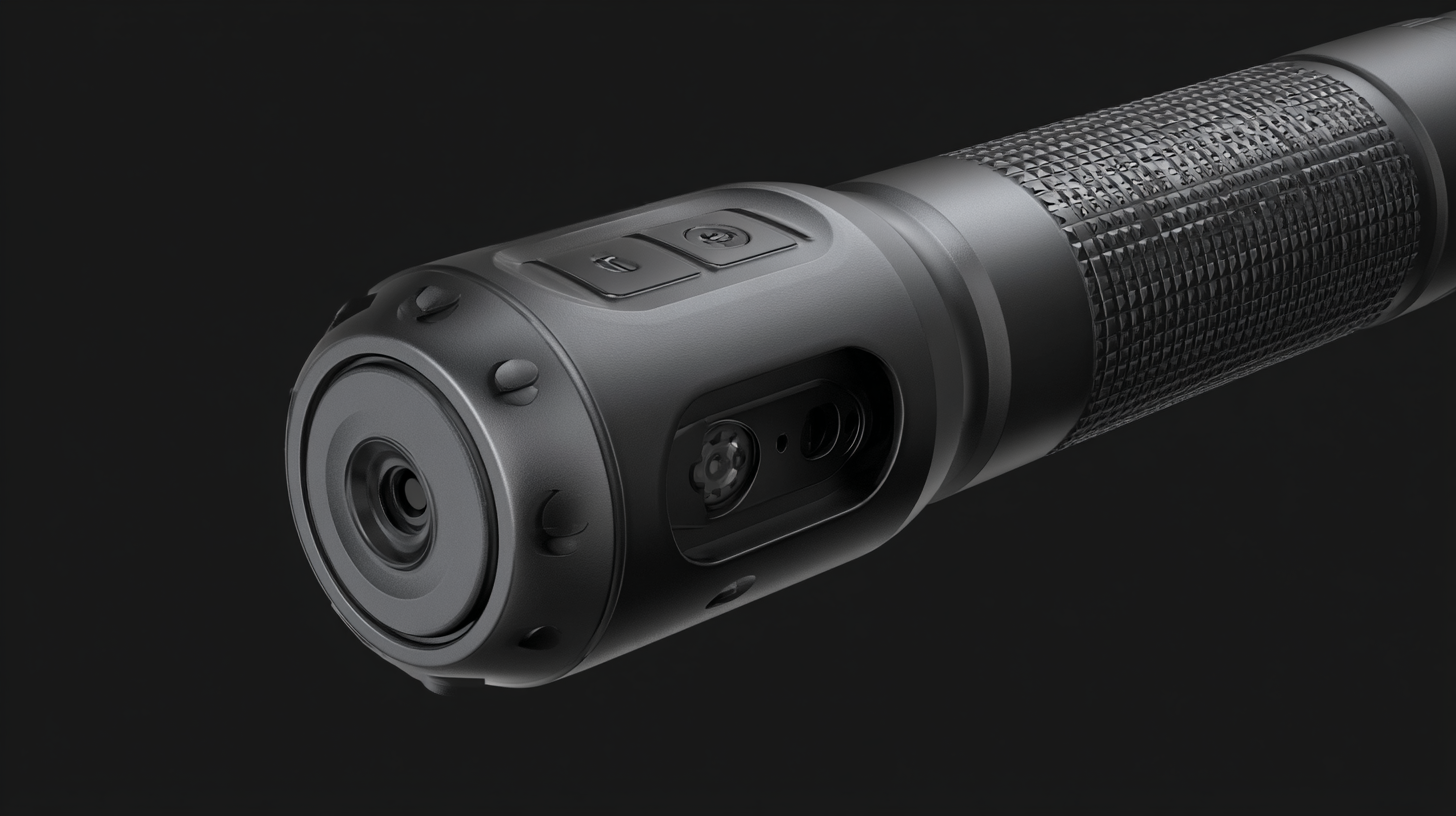
Handheld ultrasonic welding technology is revolutionizing various industries by providing efficient and reliable joining methods. This technology utilizes high-frequency sound waves to create vibrations that melt and bond materials without the need for additional adhesives or heat. The benefits of this method are notably visible in sectors like healthcare and manufacturing, where precision and speed are crucial. For instance, the ultrasonic technology market is projected to show significant growth, with trends indicating advancements that enhance the capabilities of portable welding tools.
Recent reports highlight that the ultrasonic technology market is expected to expand due to increasing applications across different fields. By 2034, the market size is anticipated to rise significantly, driven by innovation in design and functionality of ultrasonic welders. This growth is a testament to the technology's ability to streamline processes while ensuring minimal thermal impact on the materials being welded. As industries seek to enhance their production efficiency, understanding the fundamental principles behind handheld ultrasonic welding will be key to leveraging its full potential for optimal results.
This chart displays the optimal performance metrics for handheld ultrasonic welding, highlighting the key parameters such as power setting, frequency, weld time, and material thickness for achieving the best results.
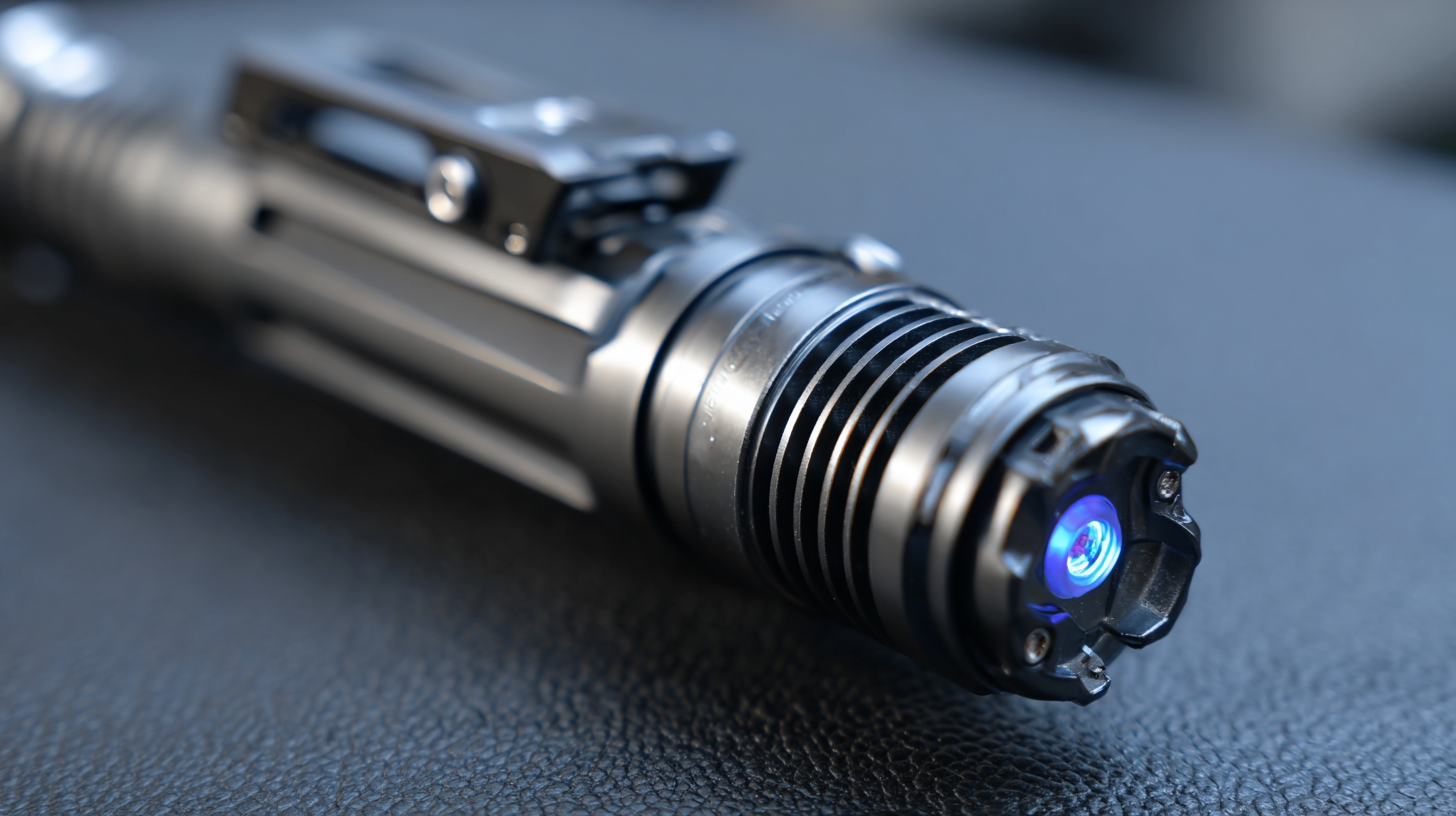 When it comes to handheld ultrasonic welding, selecting the right materials is crucial for achieving optimal results. The compatibility of materials plays a significant role in the welding process, as ultrasonic welding relies on the ability of the materials to transmit and absorb ultrasonic energy effectively. Commonly welded thermoplastics, such as polypropylene and polyethylene, exhibit excellent performance when subjected to ultrasonic vibrations. These materials not only bond well under the right conditions but also provide strength and durability to the final product.
When it comes to handheld ultrasonic welding, selecting the right materials is crucial for achieving optimal results. The compatibility of materials plays a significant role in the welding process, as ultrasonic welding relies on the ability of the materials to transmit and absorb ultrasonic energy effectively. Commonly welded thermoplastics, such as polypropylene and polyethylene, exhibit excellent performance when subjected to ultrasonic vibrations. These materials not only bond well under the right conditions but also provide strength and durability to the final product.
In addition to thermoplastics, the thickness of the materials should also be considered during the selection process. Thicker materials may require higher energy levels and longer welding times, which can impact the final results. It's essential to balance thickness with the welder's capabilities, ensuring that the ultrasonic energy can penetrate adequately for a solid weld. Furthermore, surface cleanliness cannot be overlooked, as contaminants can hinder the bond. Properly preparing the materials by cleaning and ensuring they are free from oils or dust will significantly enhance the effectiveness of the ultrasonic welding process.
When using a handheld ultrasonic welder, mastering essential techniques is crucial for achieving optimal results. First and foremost, ensure that the surfaces to be joined are thoroughly cleaned and free from contaminants. This preparation prevents defects and ensures better bonding. Adjusting the frequency and amplitude settings according to the materials being joined is also vital. Different materials may require variation in settings to achieve the desired weld strength.
Moreover, proper handling and movement of the welder contribute significantly to the quality of the weld. Maintain a steady and consistent speed during the welding process for uniform energy transfer, which results in stronger joints. Additionally, it's important to monitor temperature control to prevent overheating, which can weaken the weld. Incorporating advancements in ultrasonic testing, such as artificial intelligence-enhanced techniques, can further improve defect detection and quality assurance, helping operators identify and rectify issues in real time. By following these techniques, users can maximize the efficiency and effectiveness of handheld ultrasonic welding, leading to superior joint performance.
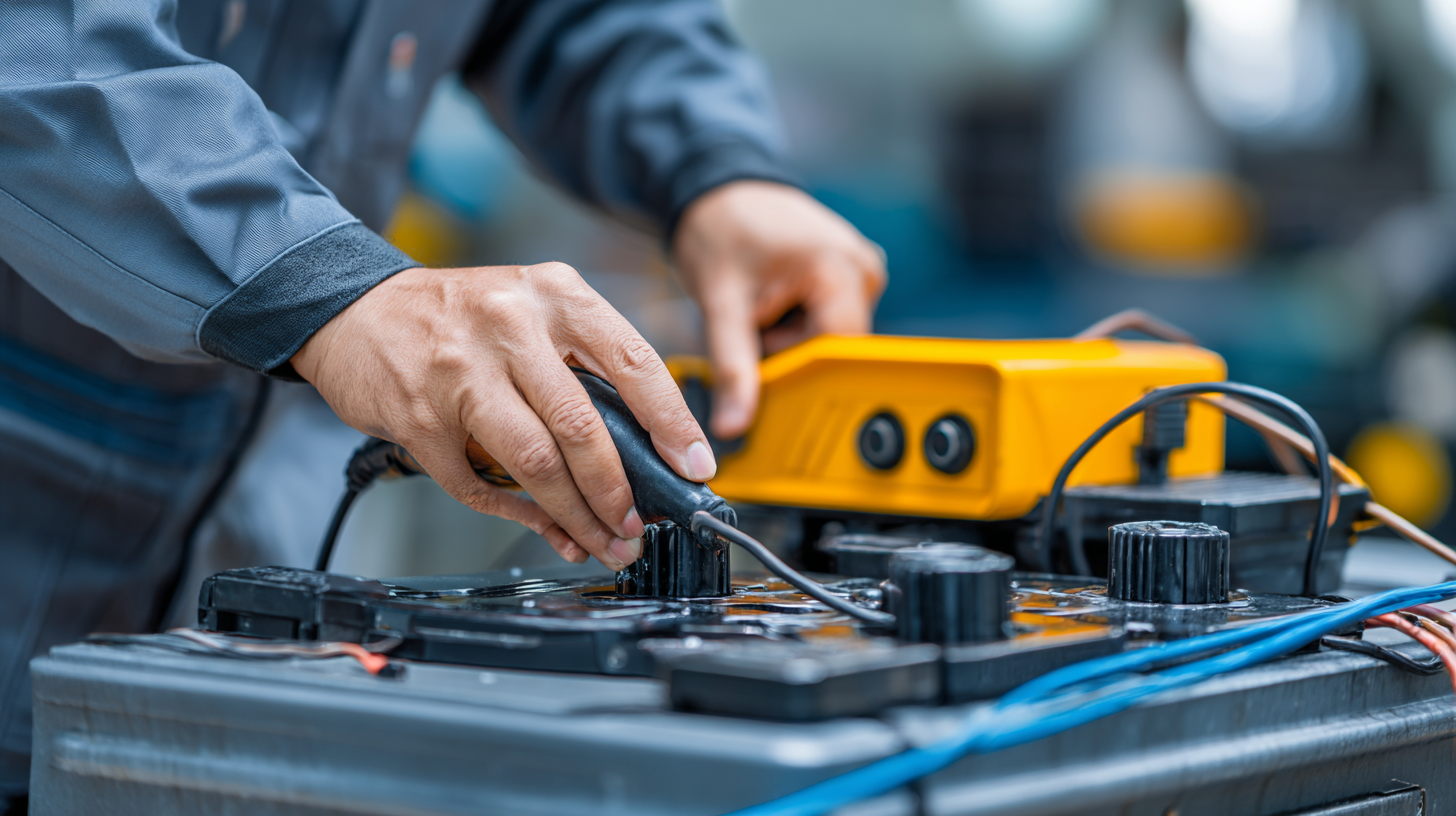
To achieve consistent and high-quality welds with a handheld ultrasonic welder, attention to detail and technique is paramount. One critical factor in ultrasonic welding is the application of the right pressure. According to a report by the Ultrasonic Industry Association, optimal pressure levels can significantly influence the strength of the bond, with studies indicating that pressures between 20 to 80 psi generally yield the best results. Inadequate pressure can lead to weak welds, whereas excessive pressure can cause material deformation.
Another essential consideration is the maintenance of the ultrasonic welding machine. Regularly checking the sonotrode and booster for signs of wear can prevent inconsistencies in weld quality. A study from the Welding Institute indicates that well-maintained equipment can enhance weld quality by up to 30%. Additionally, ensuring that the workpieces are clean and free of contaminants will facilitate better material fusion. This preparation, combined with the right settings and techniques, ultimately leads to more reliable and robust weld joints, aligning with industry standards for high-performance ultrasonic welding.
| Tip | Description | Recommended Settings | Material Compatibility |
|---|---|---|---|
| Clean the Workpiece | Ensure that the surfaces to be welded are clean and free from contaminants for a better bond. | N/A | Thermoplastics, Metals |
| Adjust Amplitude | Set the amplitude according to the material to be welded. Higher amplitude is often better for tougher materials. | 15-50 μm | PVC, PET, Nylon |
| Control Pressure | Monitor and adjust the pressure applied to the parts being welded. Too much pressure can cause material deformation. | 2-4 N/mm² | ABS, Polypropylene |
| Match Tooling | Use the correct tooling for the specific geometry of the parts to ensure effective energy transfer. | Specific to the application | Composite materials, Rubber |
| Time Control | Optimize the welding time to prevent overheating and ensure a strong bond. | 1-5 seconds | All materials |
When using a handheld ultrasonic welder, understanding common mistakes can significantly enhance the quality and efficiency of your work. One prevalent error is failing to adequately prepare the surfaces of the materials to be welded. According to industry studies, unclean surfaces can reduce bond strength by up to 40%, leading to compromised integrity and increased likelihood of product failure. Therefore, thorough cleaning with appropriate solvents is essential for optimal results.
Another mistake often seen is incorrect application of pressure during the welding process. The American Welding Society (AWS) reports that inadequate pressure can result in weak joints, while excessive pressure can cause material deformation. Operators should refer to the manufacturer's specifications for optimal force settings, typically ranging from 2,000 to 5,000 PSI, depending on the materials being joined. By avoiding these key pitfalls, users can not only improve the strength of their welds but also extend the lifespan of their ultrasonic welding equipment, contributing to more efficient production processes overall.



